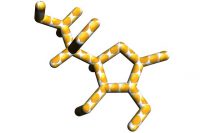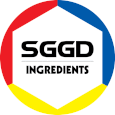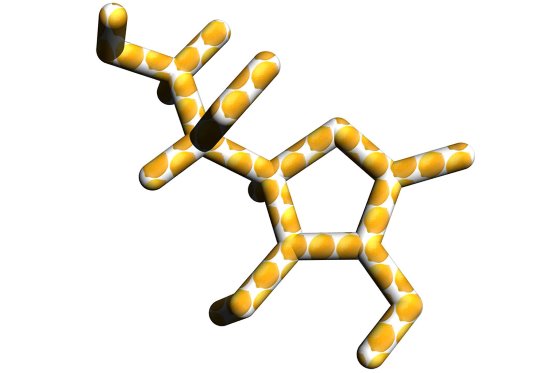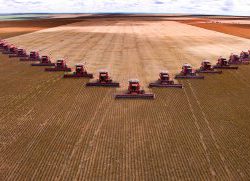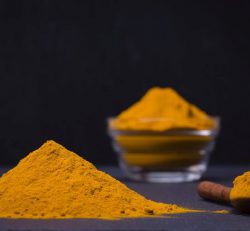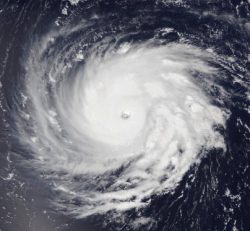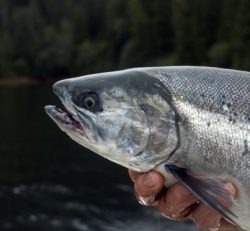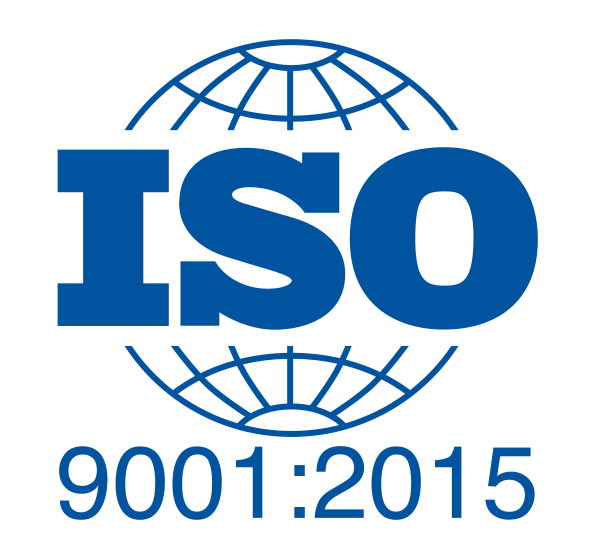DIFFERENT INGREDIENTS, DIFFERENT VITAMIN LEVELS
Vitamins are an indispensable trace nutrient for animals. But how much vitamins are in commonly used feed ingredients for pigs? 13 ingredients were put to the test.
Vitamins are essential and a vitamin deficiency could lead to low growth rate in growing-finishing pigs. Nevertheless, vitamin overdoses can have a negative effect on pigs. To meet the requirements of the pigs, nutritionists need to know what the vitamin content is of the feed ingredients used before they can decide to add exogenous vitamins.
143 samples of 13 feed ingredients
Researchers from the China Agricultural University in Beijing therefore determined the concentration of vitamins in 143 samples of 13 feed ingredients commonly used in pig diets.
The ingredients included:
Corn and 4 corn co-products
1. Corn distillers dried grains with solubles (DDGS),
2. Corn gluten meal,
3. Corn germ meal and
4. Corn gluten feed
Wheat and 2 wheat co-products
1. wheat bran and
2. wheat shorts
5 oilseed meals
1. Soybean meal,
2. Rapeseed meal,
3. Peanut meal,
4. Sunflower seed meal and
5. Cottonseed meal
The maximum, minimum, average value, standard deviation (SD) and coefficient of variation (CV) for each vitamin in ingredients were calculated. The data was divided into 3 groups for analysis which included corn and corn co-products, wheat and wheat co-products, and oilseed meals. The results are shown in the table below.
Concentrations of vitamins in different feed ingredients (in mg/kg).
a−d. Within a column, means for the different ingredients not followed by the same superscript were different (P < 0.05).
| β-carotene | Vitamin E | Vitamin B6 | Folic acid | Niacin | Pantothenic acid | Riboflavin | Thiamin | Choline | |
| Corn | 1.62b | 18.67b | 3.05ab | 0.08c | 3.68d | 3.98c | 1.30b | 0.61c | 292.82c |
| Corn DDGS | 2.16b | 39.24a | 0.99c | 0.57b | 23.23c | 15.55a | 3.73a | 2.14b | 337.36c |
| Corn germ meal | 0.36b | 19.31b | 4.44a | 0.72b | 29.42bc | 5.35c | 3.95a | 4.14a | 818.00b |
| Corn gluten meal | 11.10a | 7.00c | 2.13bc | 0.02c | 36.46b | 3.93c | 0.72b | 0.37c | 80.04c |
| Corn gluten feed | 0.56b | 9.89c | 4.15a | 1.30a | 52.65a | 12.56b | 1.89b | 5.11a | 1525.18a |
| Wheat | – | 7.27b | 2.23c | 0.40b | 32.86b | 7.36b | 0.57b | 2.12b | 234.29b |
| Wheat brean | ND | 19.79a | 6.52a | 0.40b | 102.53a | 12.35a | 0.96a | 2.52b | 931.59a |
| Wheat shorts | ND | 9.03b | 3.93b | 0.62a | 4.54c | 8.18b | 1.18a | 3.69a | 830.48a |
| Soybean meal | – | 2.42b | 6.43a | 0.51c | 62.03c | 3.63c | 1.77bc | 9.13a | 1686.54b |
| Rapeseed meal | – | 8.66a | 3.46b | 0.65c | 72.82c | 6.73c | 1.53c | 2.14c | 2276.32a |
| Peanut meal | – | 0.67b | 5.44a | 2.86a | 104.96b | 18.27b | 1.65c | 4.22b | 1527.60b |
| Cottonseed meal | – | 10.57a | 6.30a | 1.34b | 9.15d | 6.75c | 2.19b | 1.63c | 1546.24b |
| Sunflower seed meal | – | 1.04b | 7.57a | 1.52b | 183.91a | 27.25a | 3.65a | 1.78c | 399.96c |
By All About Feed Source: Chen at al
Large variability, so be careful
Results of this study indicate that the concentrations of vitamins varied significantly among different feed ingredients. For corn and corn co-products, the concentration of niacin was low in corn, whereas corn gluten meal had the greatest concentration of β-carotene and the lowest concentration of choline. The concentration of vitamin E in corn DDGS was much greater than corn and other corn by-products. For most vitamins, their contents were greatest in wheat bran and least in wheat. For oilseed meals, the concentrations of vitamin E were much greater in rapeseed meal and cottonseed meal than in soybean meal, peanut meal and sunflower seed meal. Concentrations of pantothenic acid, niacin and riboflavin was greatest in sunflower seed meal, while the choline content was least. Concentrations of choline were greatest and vitamin B6 content was lowest in rapeseed meal. Numerically, corn and its co-products were rich in β-carotene and vitamin E and oilseed co-products were rich in choline. Therefore, it is essential to consider in the respective vitamins composition characteristics in ingredients, especially if high levels of these ingredients are used, and pay much attention to the balance of vitamins in pig diets.This study was published in the journal Animal Feed Science and Technology.
